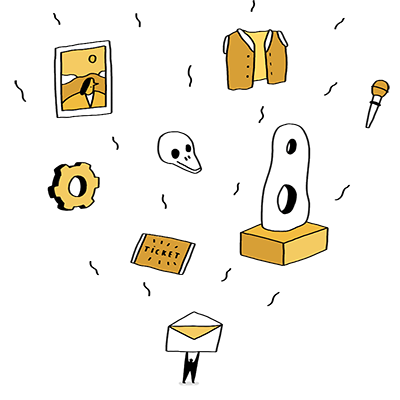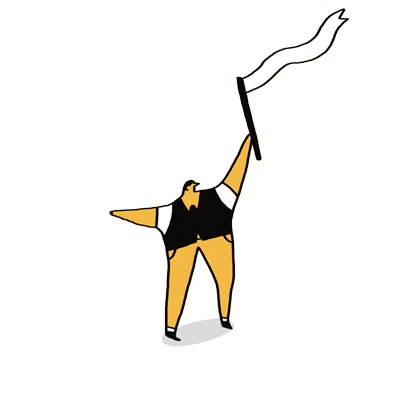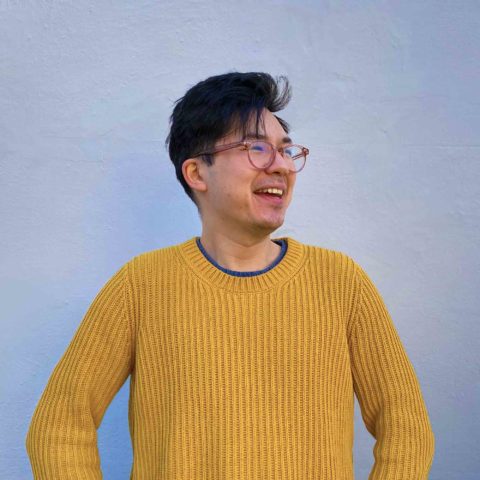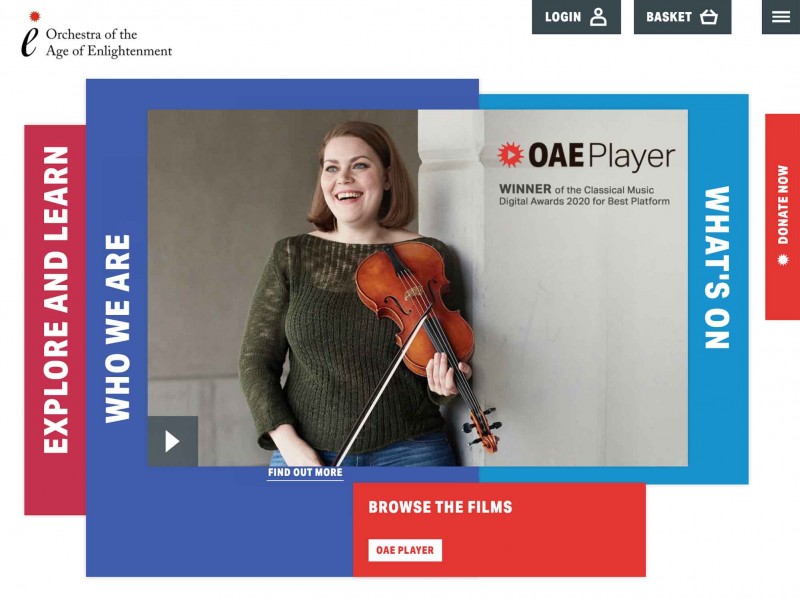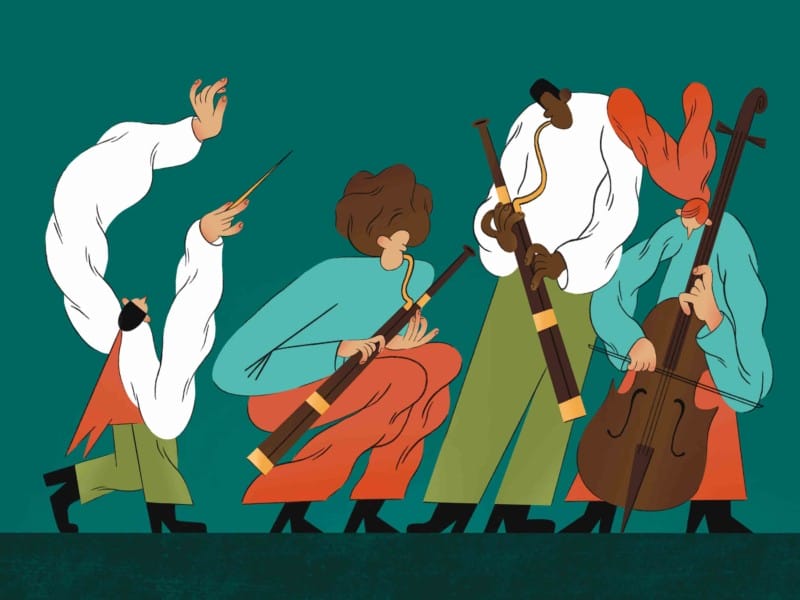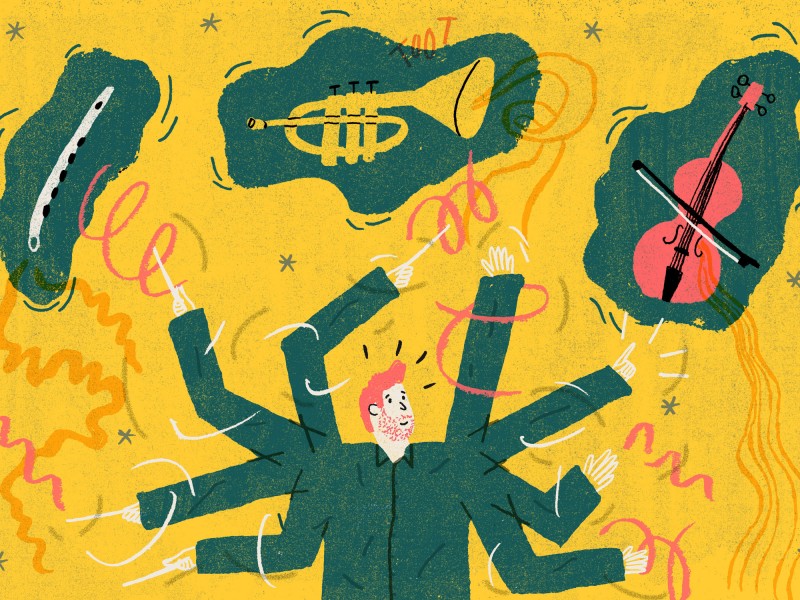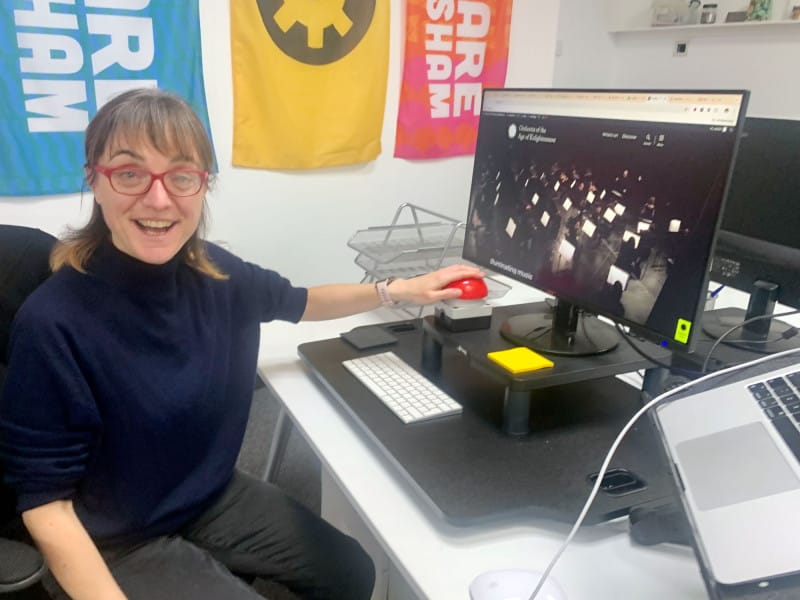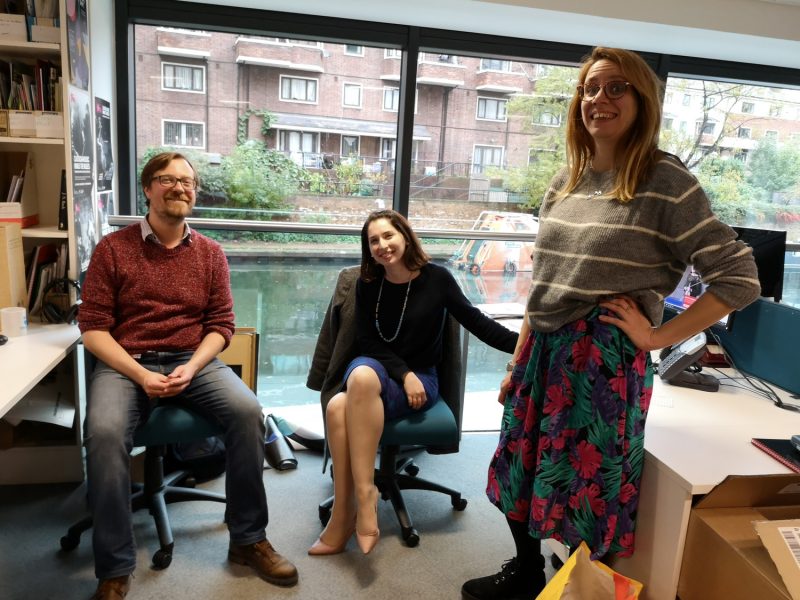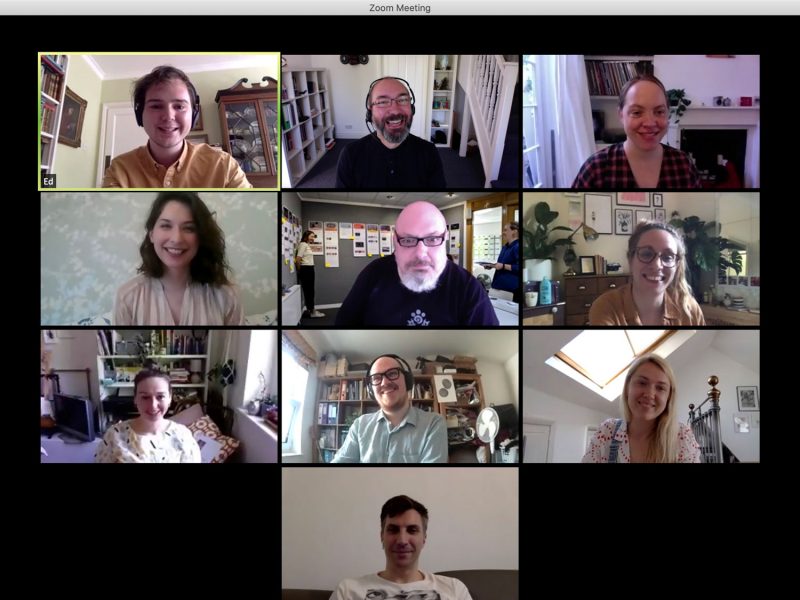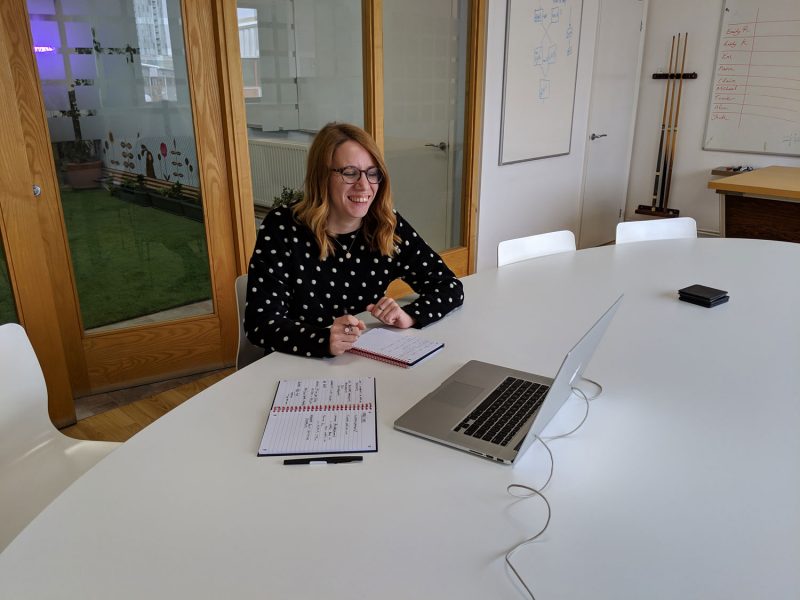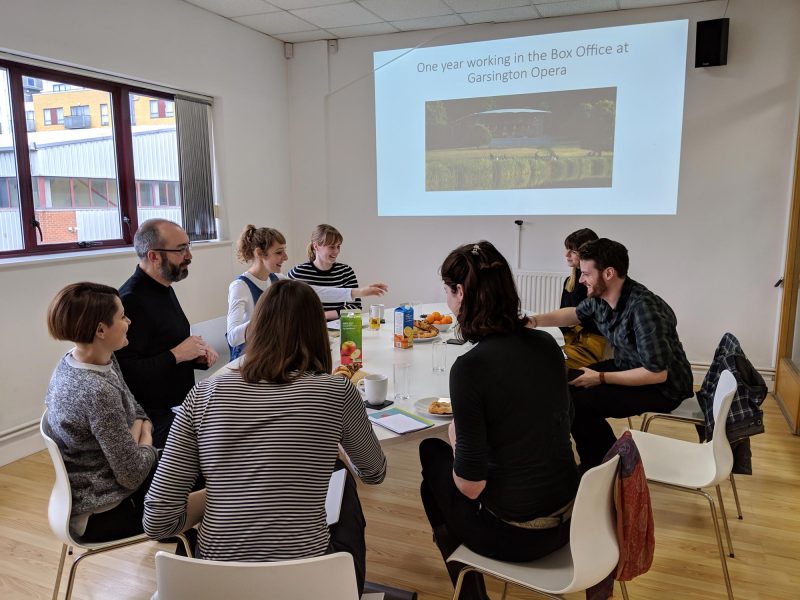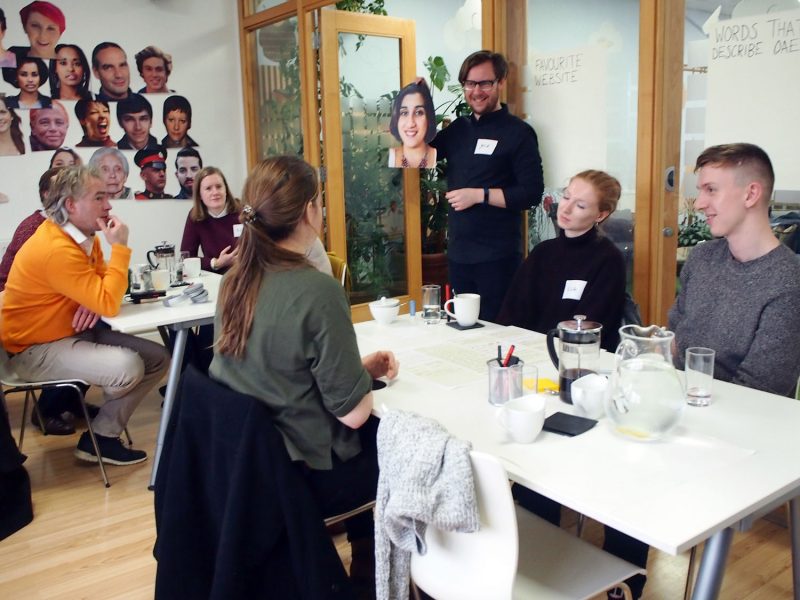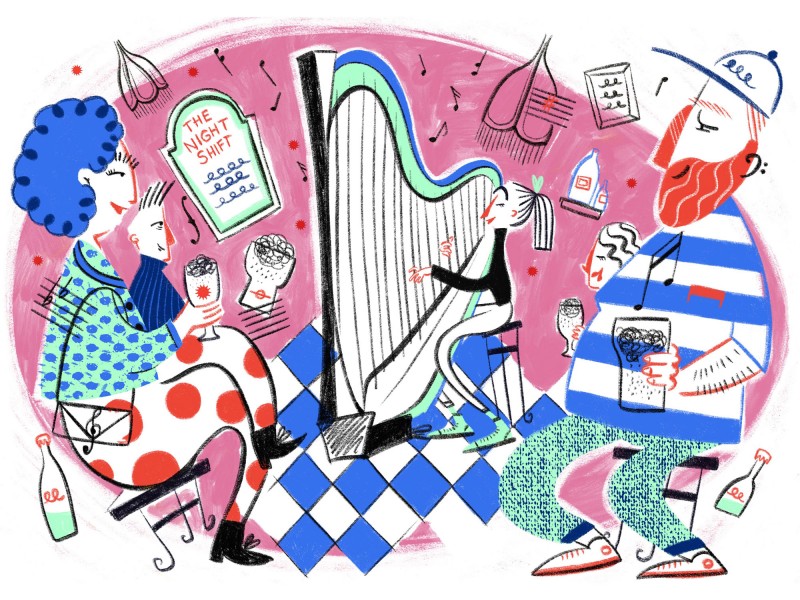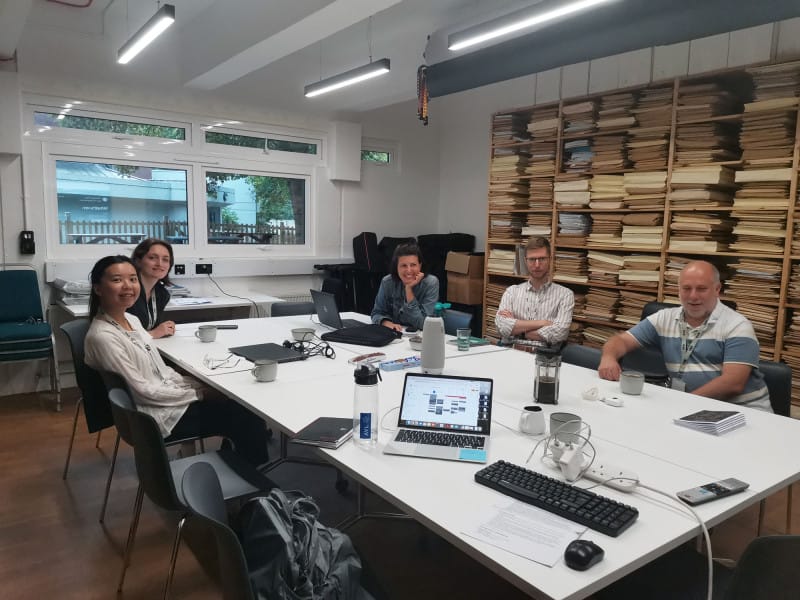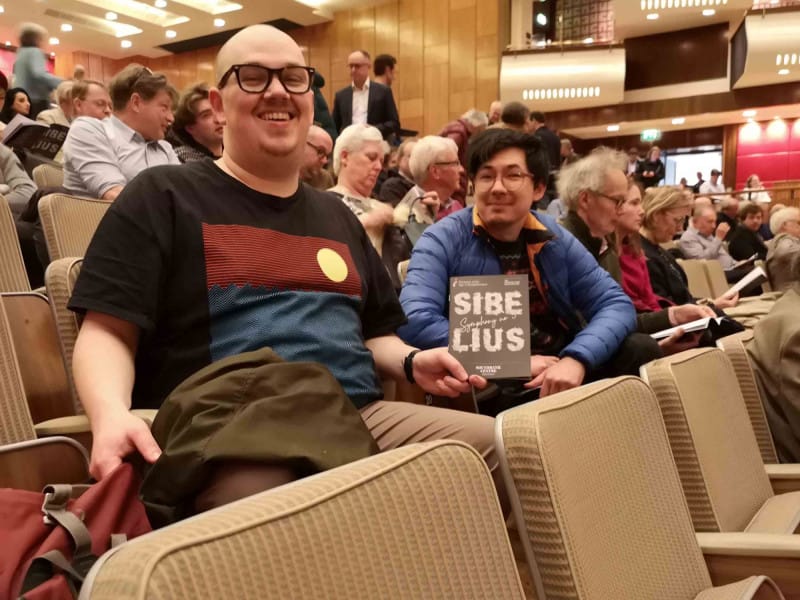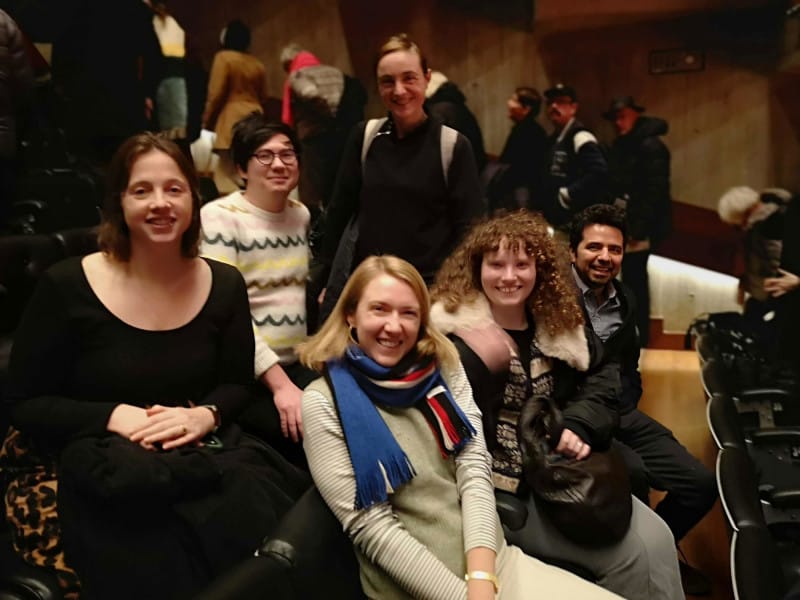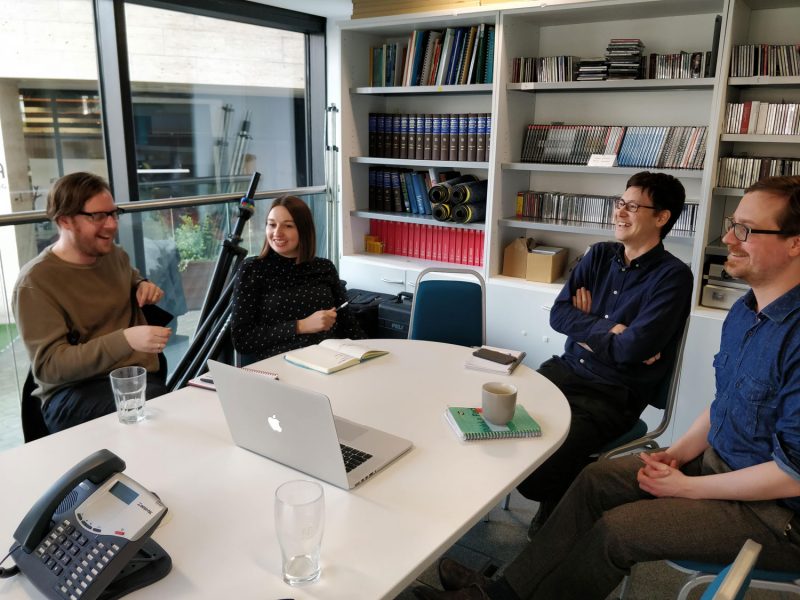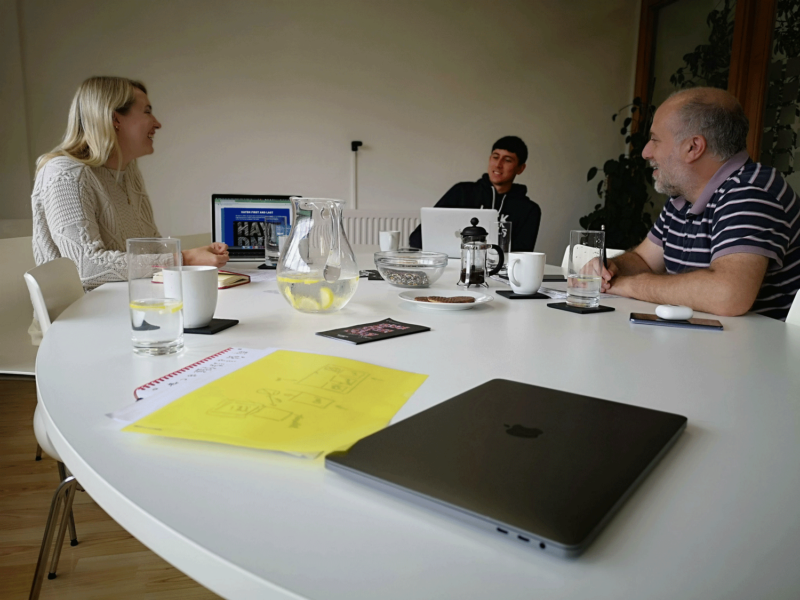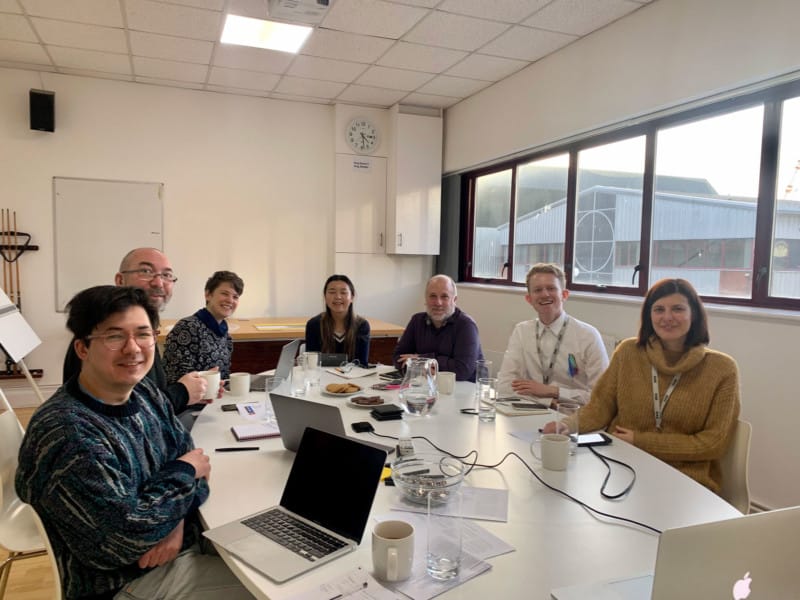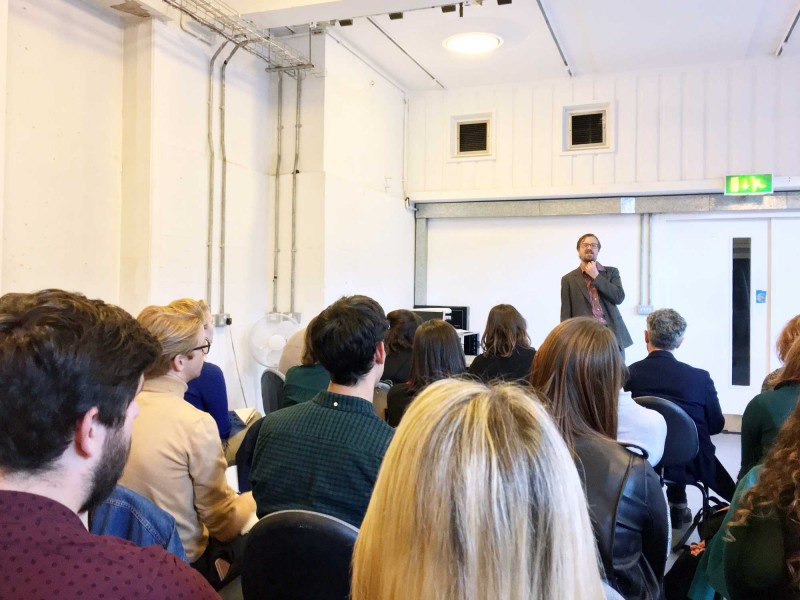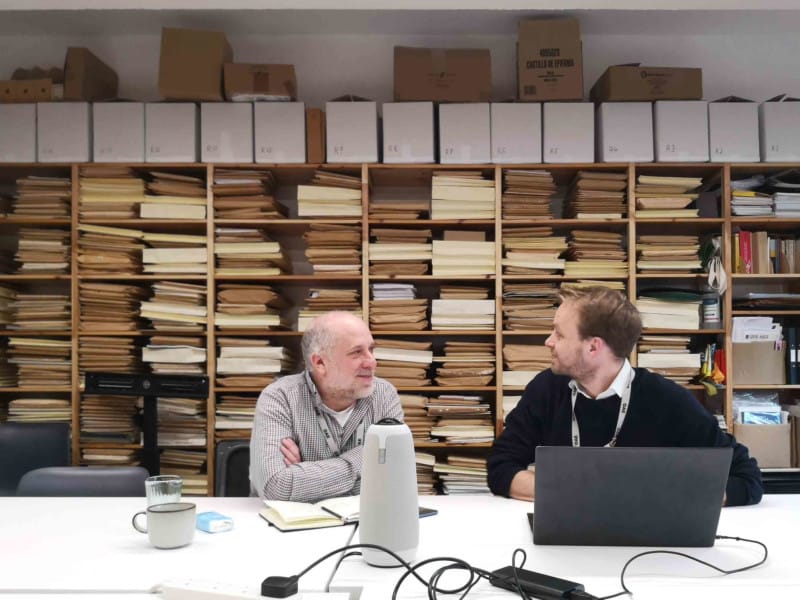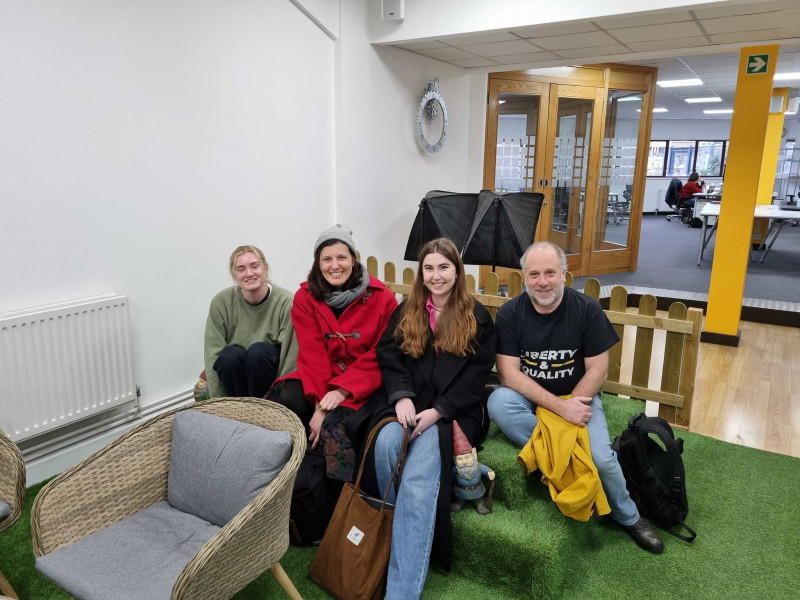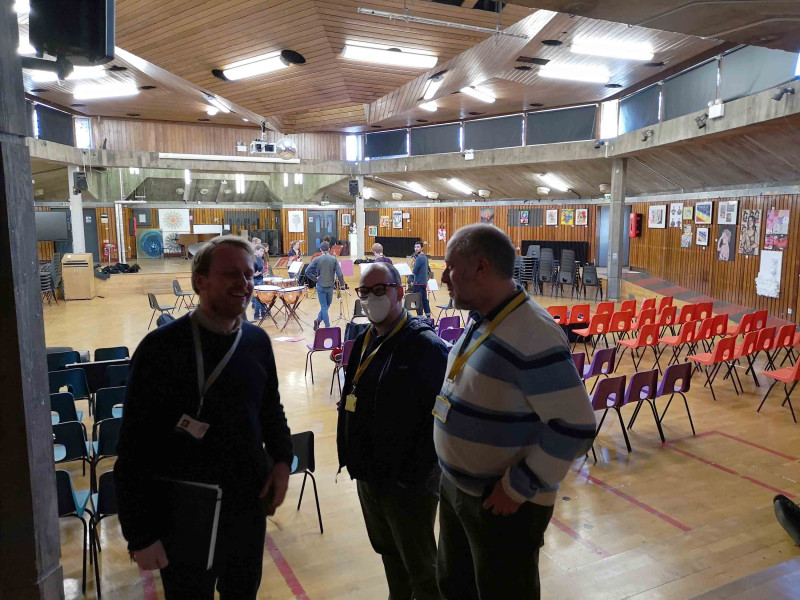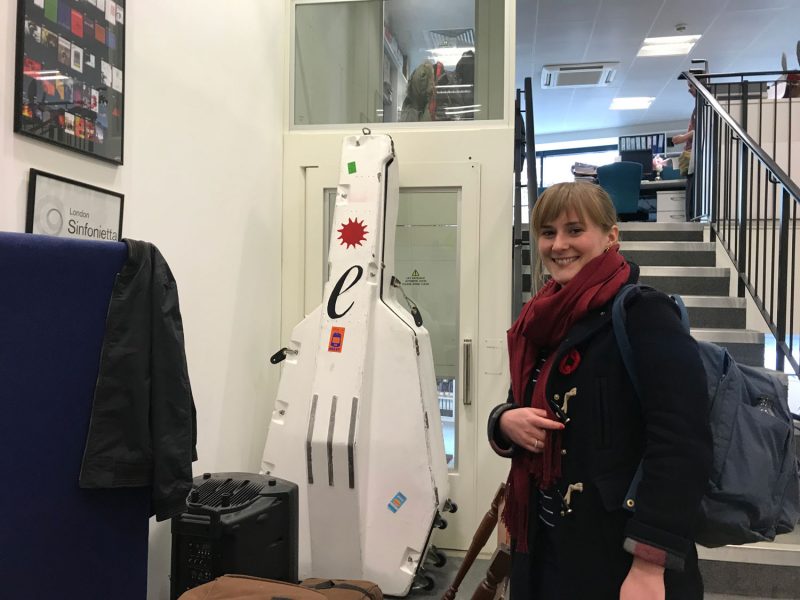The Orchestra of the Age of Enlightenment promised to serve up “stone cold classical bangers” at their Baroquebusters show this January. Could they deliver? The Cog team headed down to the Southbank Centre to find out.
Baroquebusters at the Southbank Centre
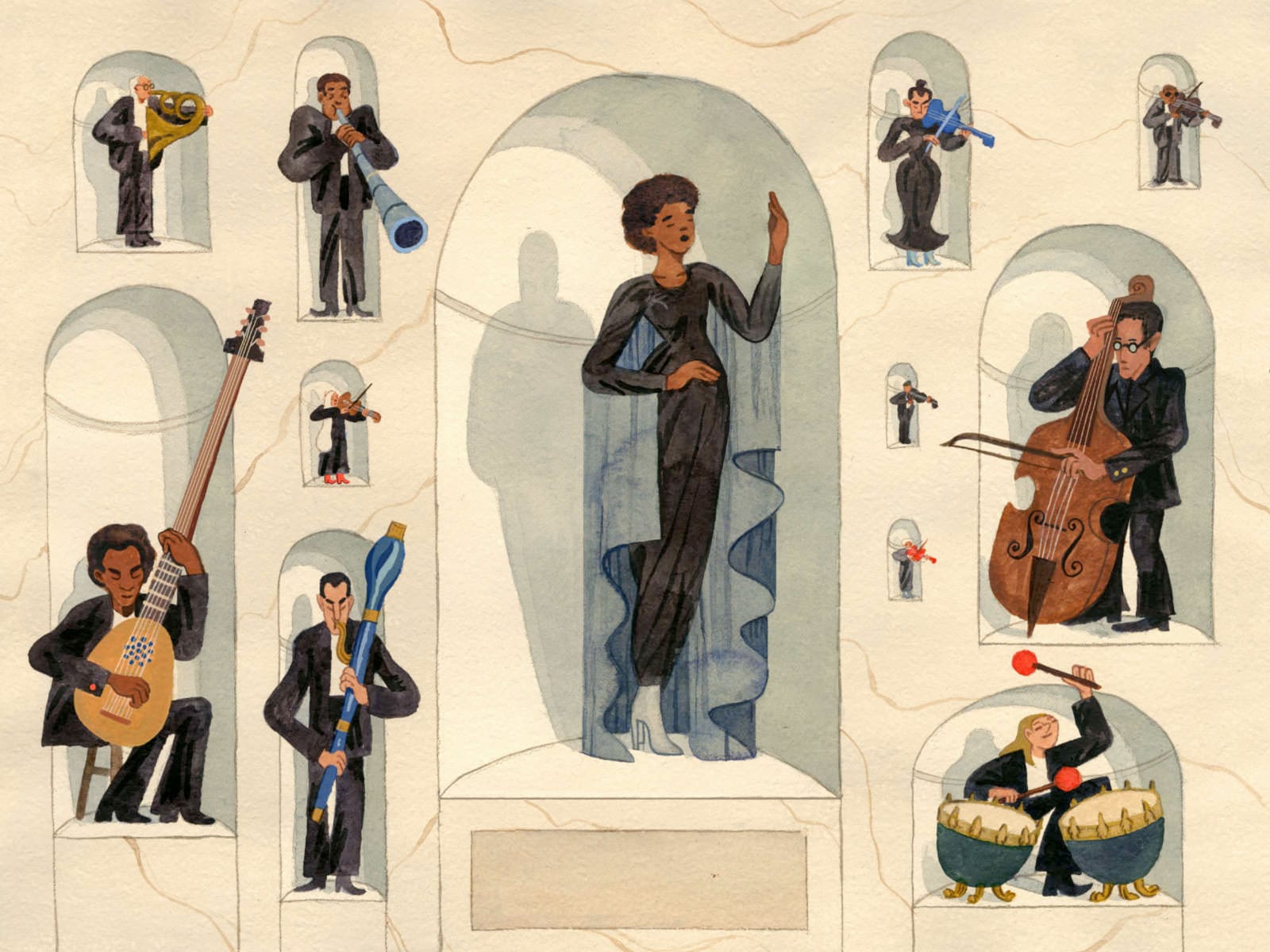
There are dozens of orchestras in London, so if you’re based in the UK capital it’s good to have a niche. The Orchestra of the Age of Enlightenment are a period orchestra, specialising in playing 17-19th Century music on very special instruments. They have a knack for getting the attention of people who wouldn’t normally follow classical music, and the baroque instrument profiles on their YouTube channel have consistently racked up millions of views. They’ve introduced people to such interesting devices as the theorbo (a lute on steroids), the contrabassoon (you could have someone’s eye out with it), and the baroque spoons (ok, this one might be a joke).
I first saw the OAE perform at their Breaking Bach event in 2024, where they teamed up with talented young performers from Acland Burleigh School for a showcase of hip hop dancing set to catchy baroque tunes. I’m a novice to classical music, so I loved their playful, unstuffy approach to the material. However, what really set them apart was their friendliness and warmth of their interaction with the audience. Last year I had the chance to work closely with the OAE team to build their new website, and I’m pleased to say the behind the scenes team are just as kind, approachable and wholesome as their on-stage counterparts. I was delighted to be invited to their latest show, Baroquebusters (yes, the OAE love a pun), along with the rest of the Cog team.
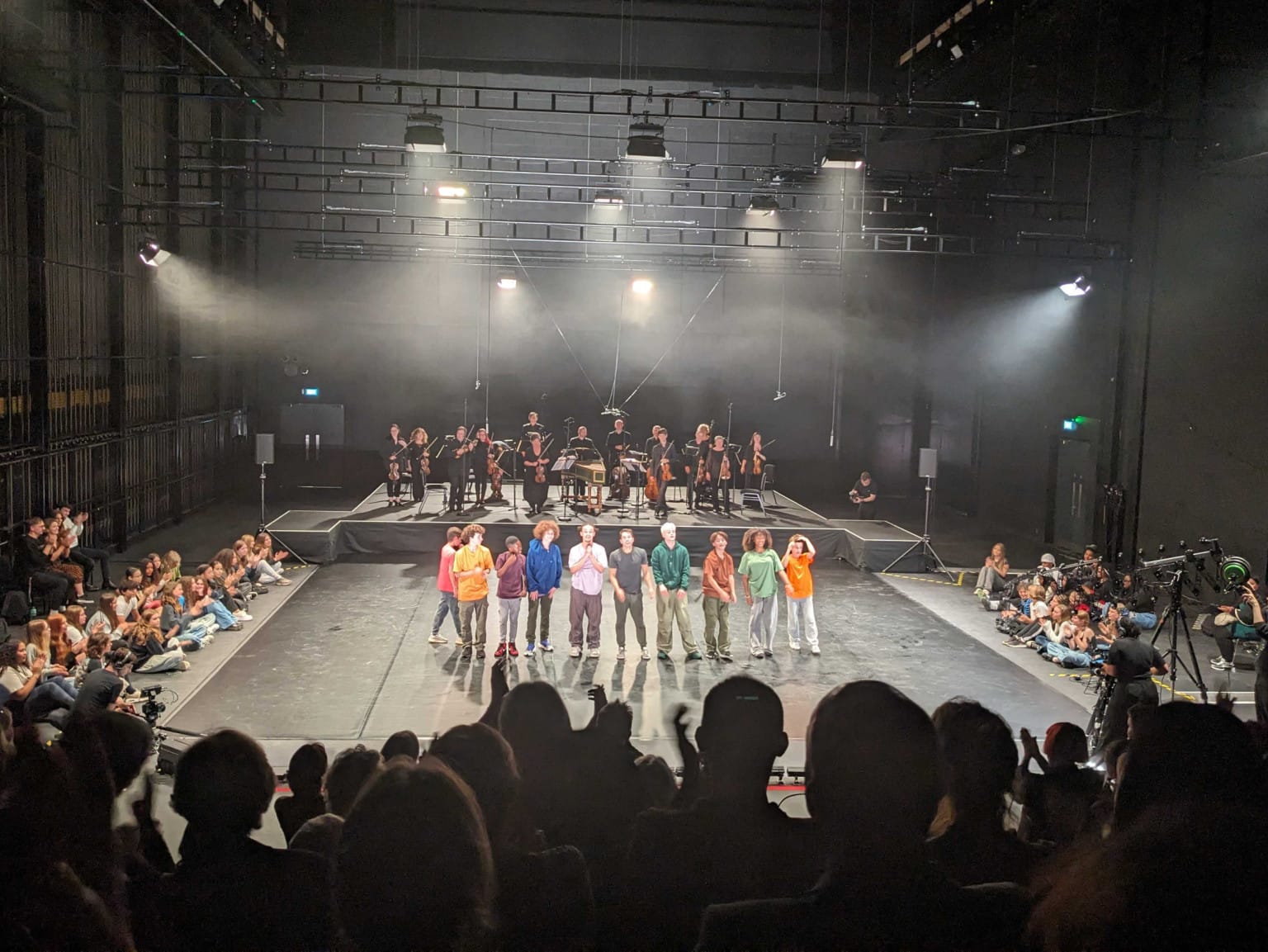 Too hot to Handel: students from Acland Burleigh School performing in Breaking Bach (2023)
Too hot to Handel: students from Acland Burleigh School performing in Breaking Bach (2023)
Billed as a fun exploration of baroque music featuring familiar tunes and lesser known gems, Baroquebusters fits in smartly with the OAE’s mission to inform, engage and spread the word about enlightenment era classical music outside traditional audiences. If your tastes are more Aldi than Vivaldi, and if you think Handel’s Fireworks is something you shouldn’t do without gloves, then this is meant for you.
After a quick skim read of the Wikipedia page on baroque orchestras, I hopped on the train at Greenwich with the rest of the Cog team and headed up to the Southbank Centre for the show.
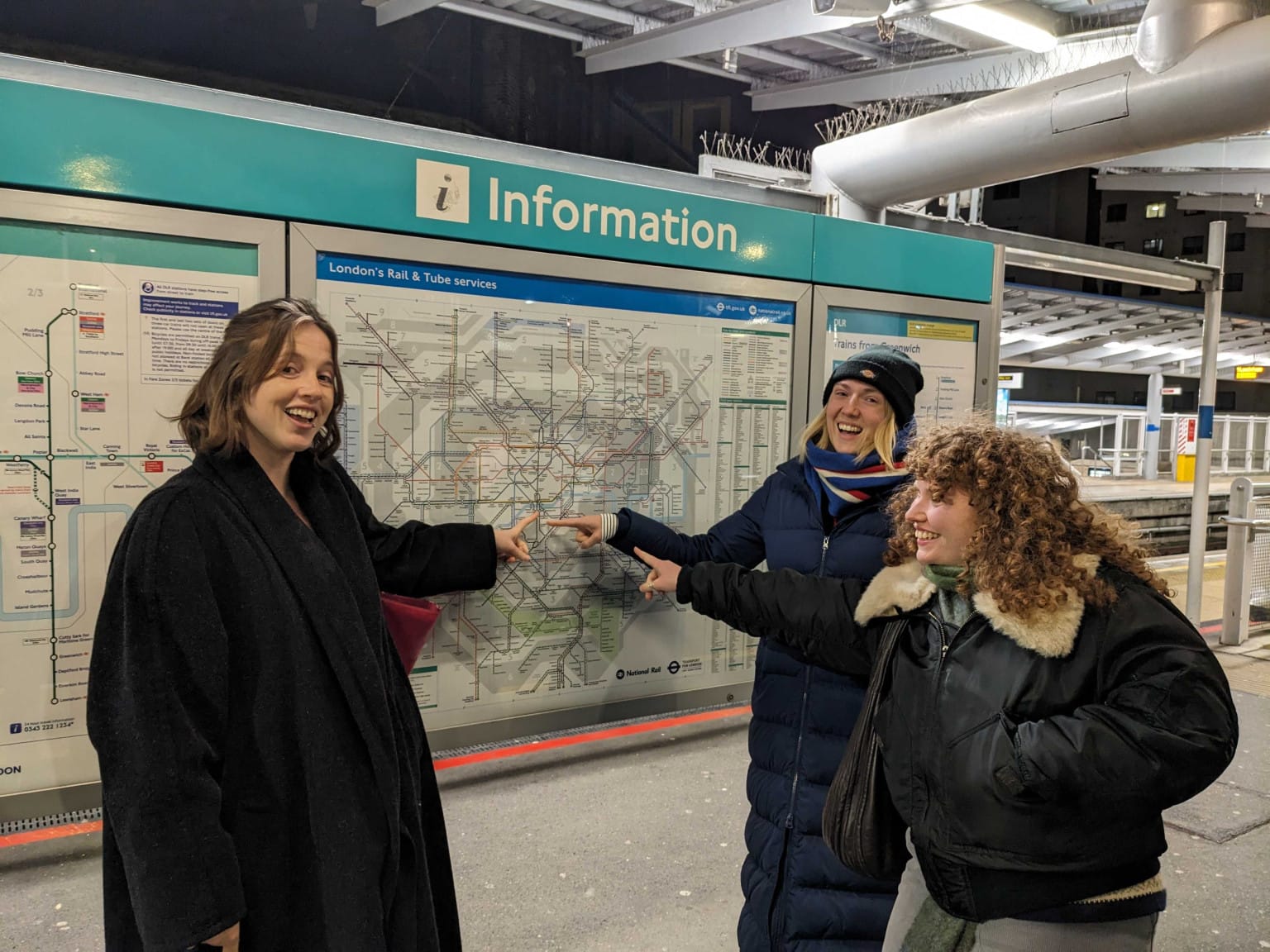 On point: Laura, Emma and Aoife were in charge of getting us to Waterloo for the Southbank Centre
On point: Laura, Emma and Aoife were in charge of getting us to Waterloo for the Southbank Centre
As we settled into our seats there were already some surprises. I could see the usual array of brass, woodwind, and string instruments on stage, but some of the instruments looked a bit different. In total there were only around 25 musicians on stage, with no conductor. It turns out that in the baroque era orchestras came in all shapes and sizes, and conductors were optional.
Normally watching an orchestra feels like quite a serious, formal experience, but this set-up felt cosy and intimate, with only a few performers on stage at any one time. The orchestra played several pieces, with a different musicians stepping up to introduce each one. These chats with the audience gave the whole event a relaxed atmosphere, and meant the musicians could share some of their personal passion for the music. Some of the performers were a bit nervous delivering their segments, but for me this made the whole interaction feel much more genuine and meaningful: even top class performers can get a little bit of stage fright.
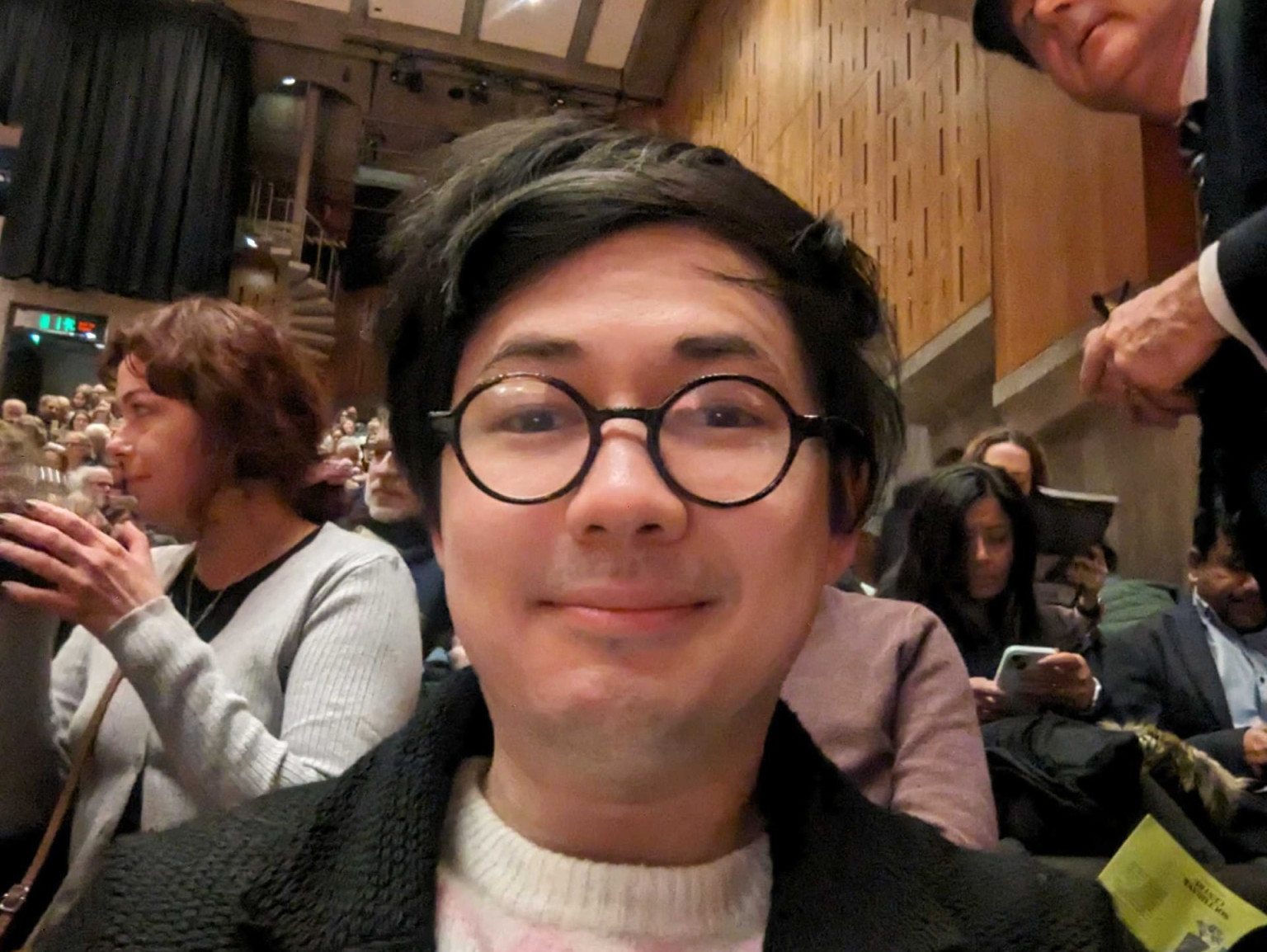 Excited: Justin eagerly awaits the start of the performance
Excited: Justin eagerly awaits the start of the performance
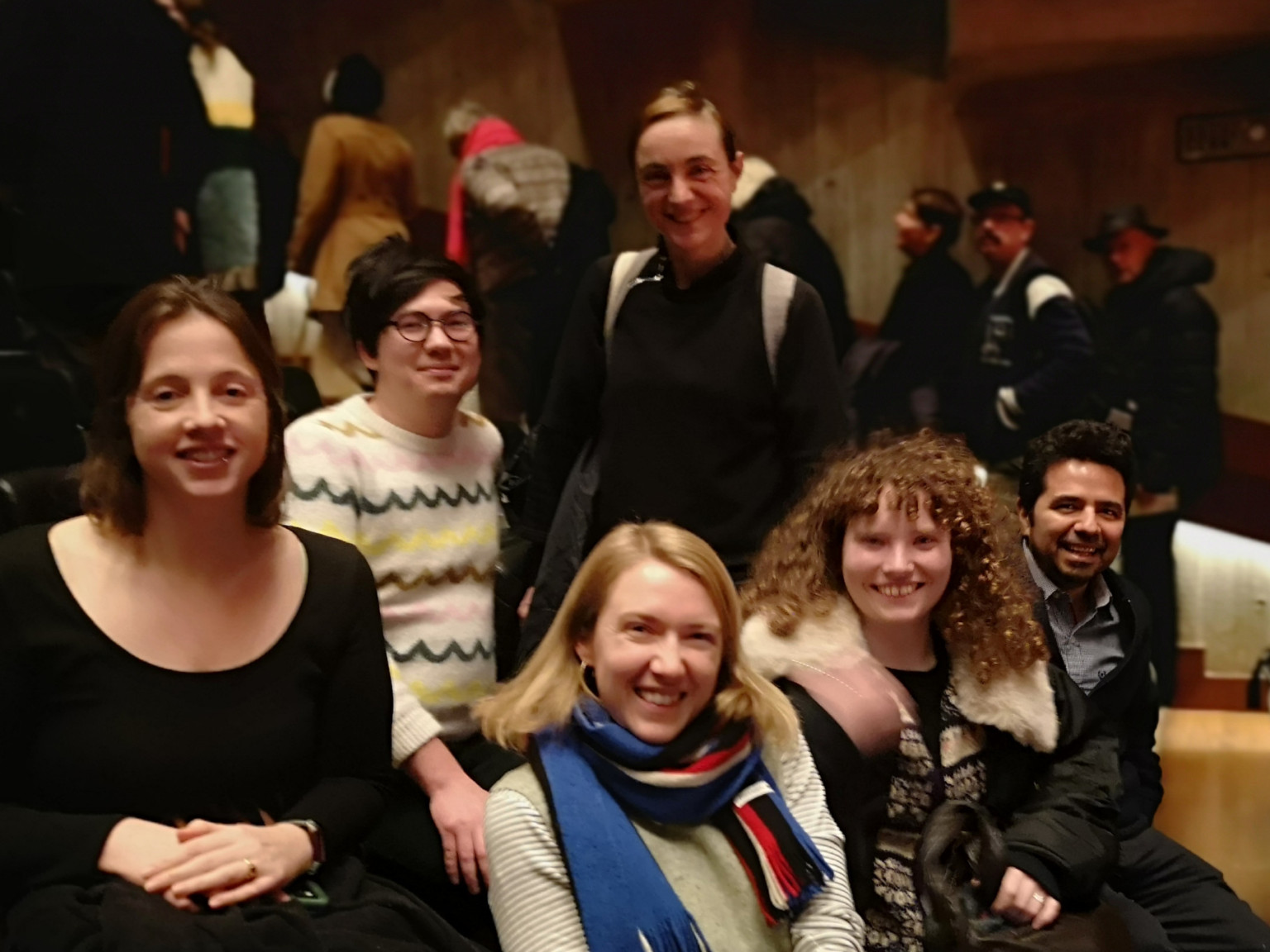 Teamwork makes the dream work: Coggers past and present enjoying the show
Teamwork makes the dream work: Coggers past and present enjoying the show
Show highlights included the virtuoso lead violinist Kati Debretzeni delivering spectacular shredfest during Vivaldi’s Spring, and vocal fireworks from the soprano Julia Bullock, who was working with the OAE for the first time. My favourite moment was a haunting performance of a piece I’d never heard before called Che si può fare, which featured some surprising accompaniment on modern percussion instruments. I definitely didn’t expect to see a hi-hat on stage at a baroque music recital, but as the percussionist pointed out to us, rhythm parts weren’t written down in those days, so it’s all made up anyway. Later on there was even some audience participation when we were asked to clap and foot stomp our way through one of the pieces using a Queen-esque “we will baroque you” rhythm. I loved this irreverent take on the music, but it may have gone too far for some audience members, who visibly shrunk in their seats at the thought of joining in.
I thought this show really hit the spot as a taster for audiences who don’t usually go to the see classical music performed live. I never felt embarrassed about not knowing when to clap, and the insights from the musicians gave me new ways to think about what I was listening to. The repertoire included a good selection of recognisable toetappers alongside some great finds, and although the informal approach might not have suited some concertgoers, there was still plenty of top-tier musical talent on display for newbies and aficionados alike to enjoy.
To be honest, I still don’t know my Lully from my Lechner, but I think I’ll be Bach for more.
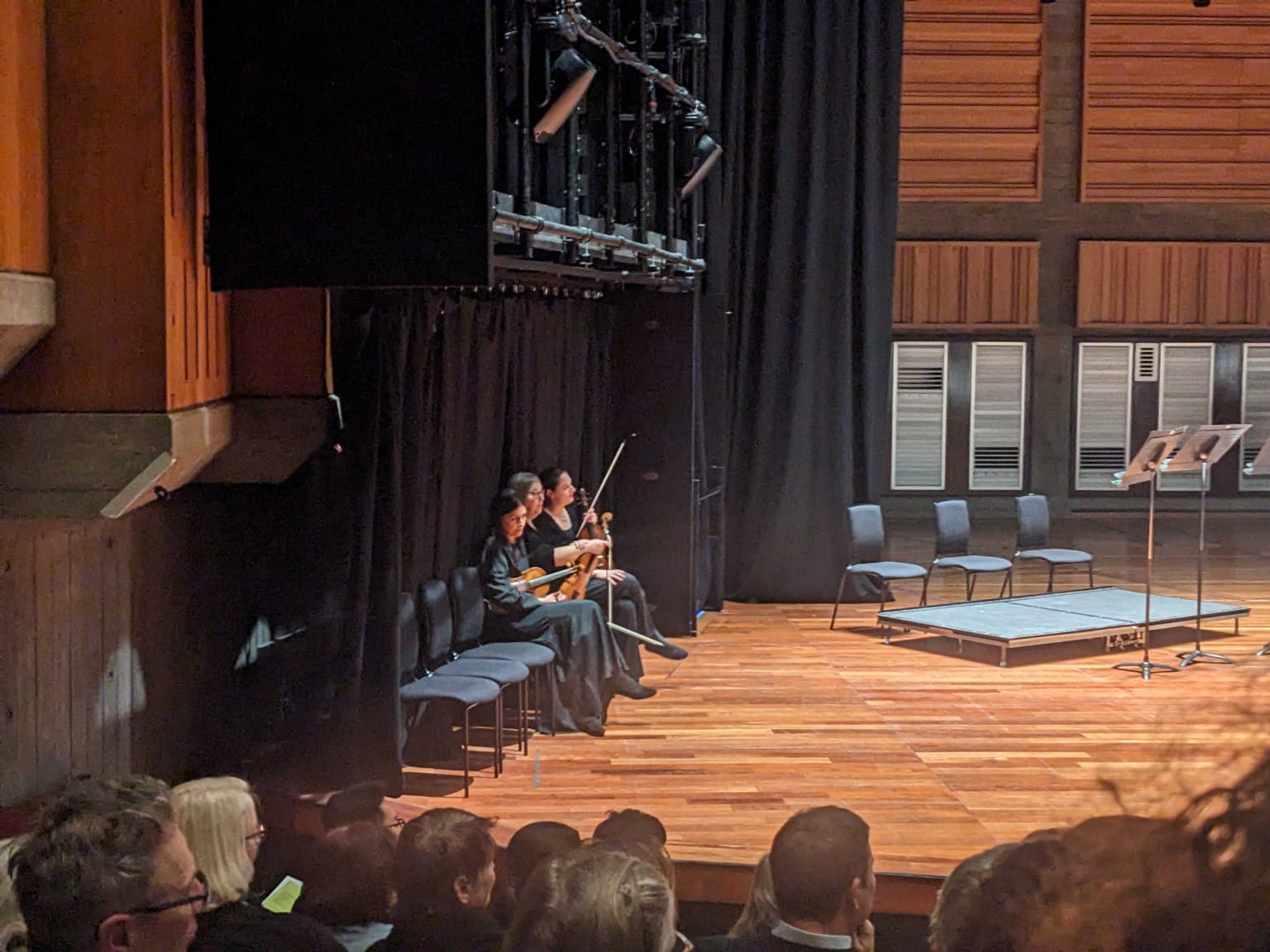 Subs bench: some pieces required fewer performers which meant the unused musicians could take a cheeky break
Subs bench: some pieces required fewer performers which meant the unused musicians could take a cheeky break
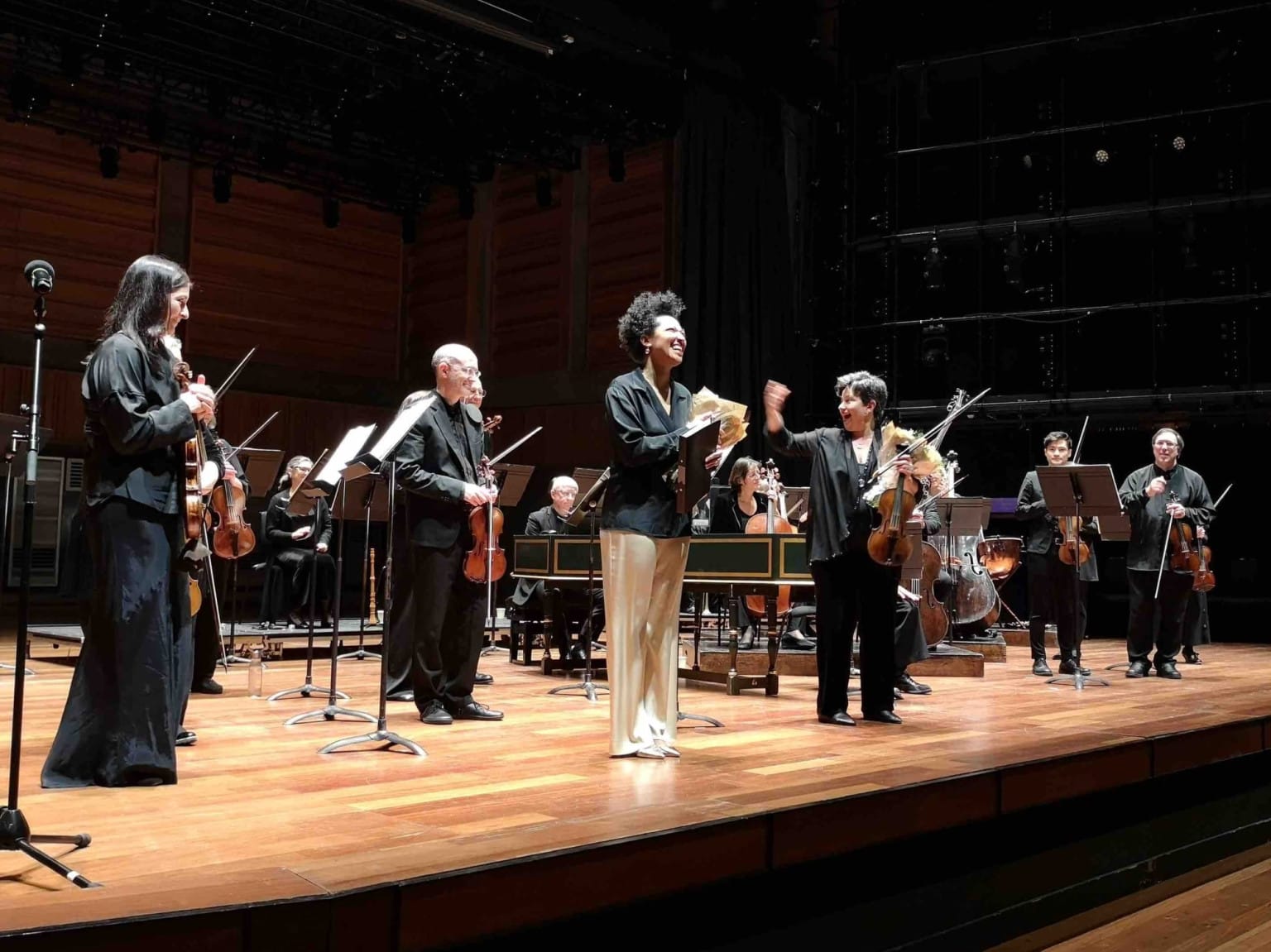 Prime position: Michael was seated in the front row for the performance
Prime position: Michael was seated in the front row for the performance
Illustration by Tilda Rose for our Cultural Calendar.
